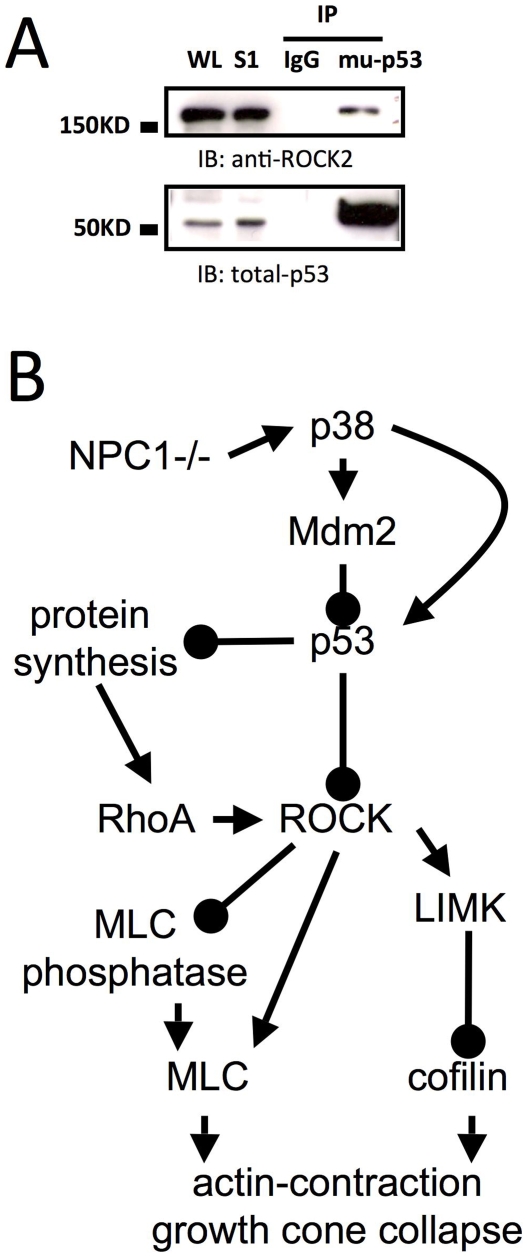Figure 11. Potential signaling pathways involved in axonal pathology induced by genetic or pharmacological disruption of cholesterol homeostasis.
A. p53 directly interacts with ROCK. Cortical neurons cultured from wild-type mice were collected on DIV4 and processed for immunoprecipitation (IP) with anti-mu-p53 antibodies (monoclonal made in mice) or control mouse IgG; immunoblots (IB) were probed with anti-p53 or anti-ROCK2 antibodies (both are rabbit polyclonal). WL, whole lysates. B. Perturbation of cholesterol transport, either genetically or pharmacologically, induces abnormal p38 MAPK activation, which then activates Mdm2 resulting in p53 degradation. p53 degradation disinhibits ROCK and stimulates local synthesis of RhoA leading to further increase in ROCK activation. ROCK phosphorylates and activates LIMK, leading to phosphorylation and inactivation of cofilin, which favors stabilization of filamentous actin (F-actin). On the other hand, numerous studies have shown that ROCK activation increases myosin light chain (MLC) phosphorylation through direct phosphorylation or indirectly through inhibition of MLC phosphatase-mediated dephosphorylation of MLC. Phosphorylation of MLC promotes its binding to F-actin and stimulates F-actin contraction, leading to growth cone collapse. Arrows indicate stimulation, while filled circles represent inhibition.

